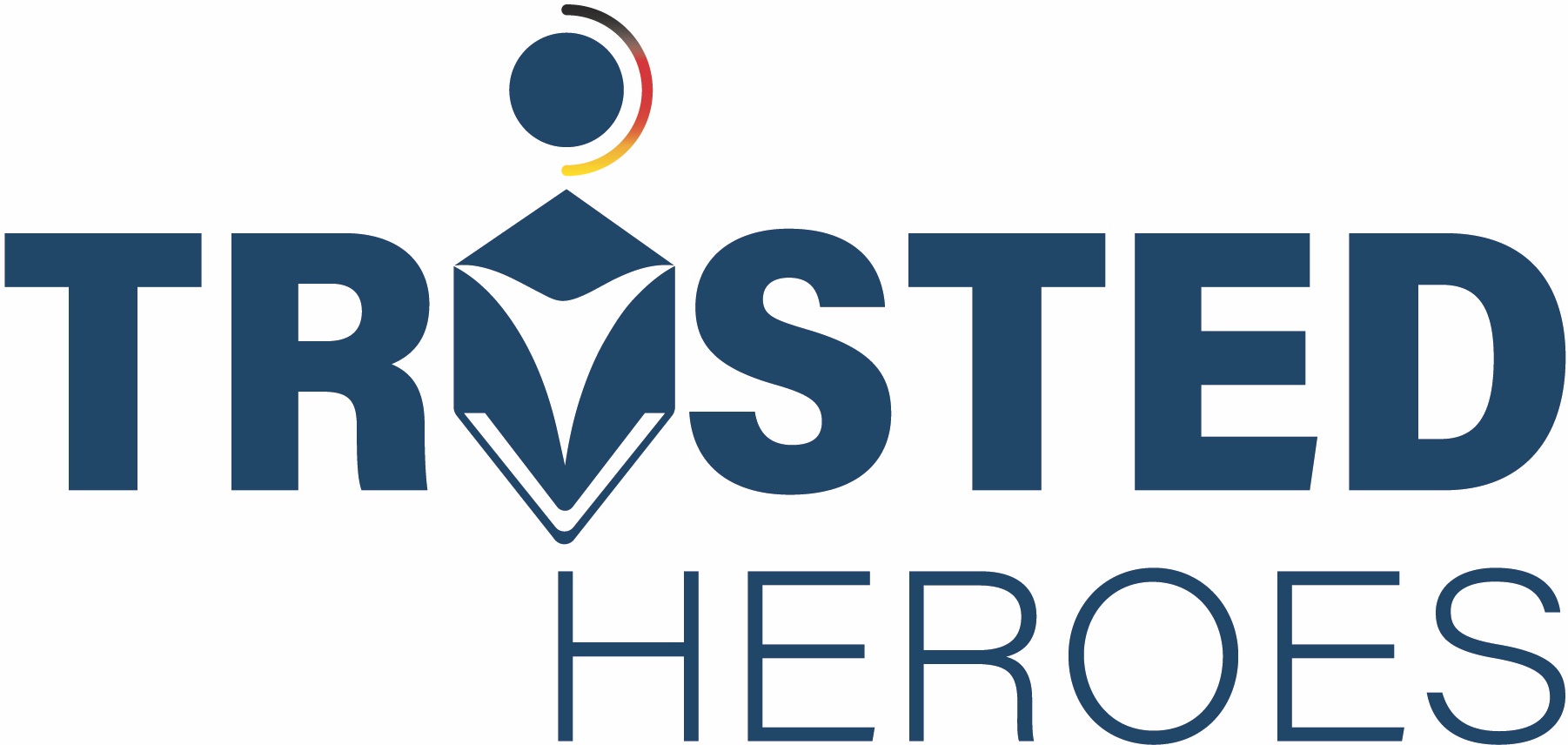Quality assurance is a central element in the modern production and service world. It not only serves to secure products and services but also ensures that customers receive exactly what they expect. In a globalized world, where competition and customer expectations are constantly increasing, quality assurance becomes ever more crucial.
- Purpose and Objectives: The primary purpose of quality assurance is to ensure consistency and reliability in products or services. It serves to identify and correct problems and deviations before they reach the customer. The overarching goal is to maximize customer satisfaction while efficiently utilizing resources.
- Methods and Tools: The quality assurance process includes a variety of methods and tools. These include audits, inspections, tests, and reviews. Modern quality assurance also employs statistical methods and software tools to analyze data and detect quality issues early on.
- Integration into the Production Process: Quality assurance is not just a subsequent step but must be integrated into all phases of the production or service process. From the design phase to customer support, quality assurance measures are crucial to ensure that all aspects of a product or service meet the established standards.
- Continuous Improvement: A central concept of quality assurance is the idea of continuous improvement. It is not only about identifying and correcting errors but also about constantly reviewing and optimizing processes to continuously enhance quality.
- Importance for Competition: In a market where customers have numerous options available, quality assurance can provide a decisive competitive advantage. Companies that consistently deliver high-quality standards build trust with their customers and promote customer loyalty.
Overall, quality assurance is much more than just a set of techniques or procedures. It is a philosophy that places the pursuit of excellence at its core. For companies aiming to succeed in today’s highly competitive environment, it is indispensable. It’s not only about avoiding errors but also about continuously improving and exceeding customer expectations.





